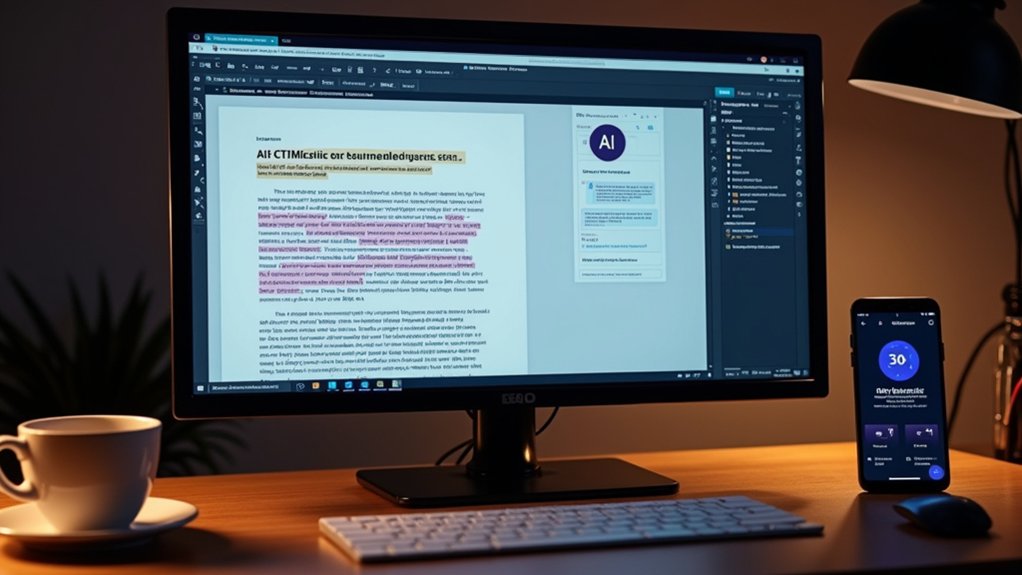Every single day, thousands of users fumble through AI prompts like toddlers learning to walk. They type random commands, get frustrated with nonsensical responses, and blame the AI. Newsflash: it’s not the technology’s fault. It’s yours. Google’s guide to Gemini AI outlines core principles that could save everyone a lot of headaches.
The foundation is stupidly simple. Use natural language. Be specific. Provide context. Keep it concise. Revolutionary stuff, right? Yet most people can’t seem to grasp these basics. Treating the interaction like a conversation—rather than shouting commands at a robot—yields dramatically better results.
Structure matters too. Define a persona for Gemini to adopt. State the actual task with clear action verbs. Include relevant background details. Specify the format you want. It’s not rocket science, but it makes all the difference.
Context and constraints give the AI guardrails. Detail technologies involved. Mention word counts or limits. Reference specific documents when needed. Explain why you’re asking for something. The AI isn’t a mind reader. Thoroughly reviewing and editing AI-generated output before publishing is critical to maintain quality in your materials.
For complex problems, break them down. Show examples of what you want. Experiment with different approaches when results suck. The guide suggests techniques like prompt chaining, where outputs become inputs for subsequent prompts. Negative prompting tells the AI what to avoid. Chain of thought asks for step-by-step reasoning.
Across Google Workspace, Gemini can summarize documents, generate content, brainstorm ideas, analyze data, and more. But garbage in, garbage out still applies. Gemini is designed to be natively multimodal, understanding and processing various inputs including images, audio, and code simultaneously.
Remember that prompting is iterative. You’ll rarely nail it on the first try. Review outputs, refine your approach, and try again. Most people give up too quickly, blaming the tool rather than their technique. With practice, anyone can master the art of prompting. Even you.




